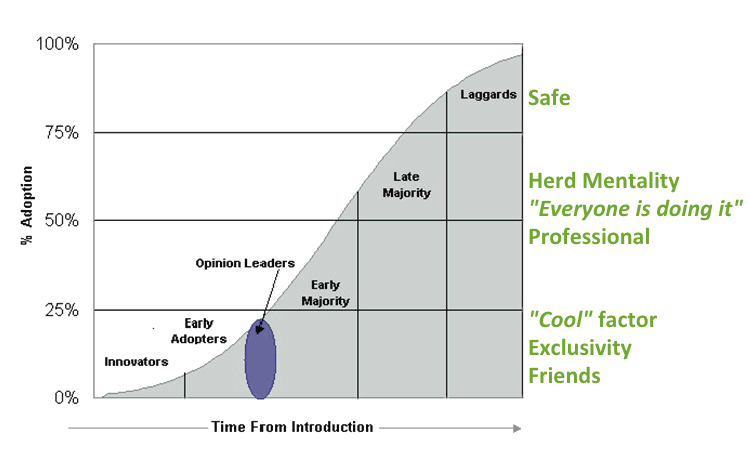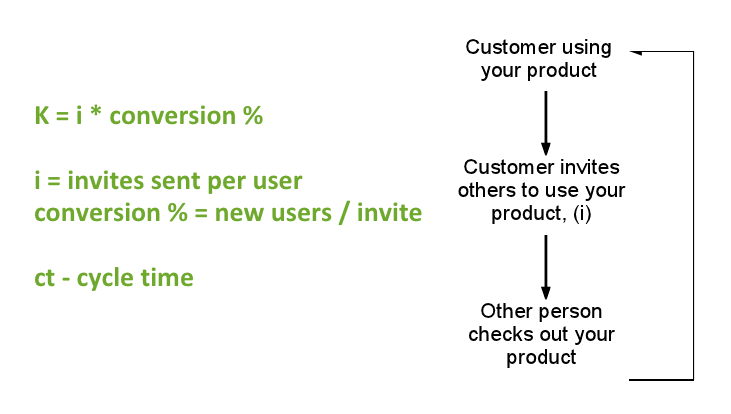The economics of scaling & launching your startup
By Rock Health Intern Jess Hershfield
Watch the workshop below, or read on for a full recap.
When money is tight, marketing can seem like a hopeless effort for an entrepreneur. But in order to build a successful business, marketing must be an essential component to your business plan. To help educate our start-ups on the most successful techniques for scaled customer acquisition, we brought in Paul Willard, the chief marketing officer at Practice Fusion.
When initially considering your marketing strategy, Paul suggests that you distill your brand to its essence, to just one unique word. When you think of some of the most successful marketing campaigns for the auto industry, your will likely remember their one word. Everyone knows, Volvo has ferociously worked to become synonymous with safety; and who could forget Mazda and their catch phrase “Zoom.” You need to pick a word that suits your company, that you are willing to own; but, choose wisely, because you wouldn’t want your word to limit your future potential.
So, do you have your one word? Once you have your word in mind, you can start the process of acquiring customers. According to Paul, the process will be harder in the beginning, getting easier as time goes on. He describes this process as the “Technology Adoption Curve.”
Basically, at the beginning of the ramp, you must push really hard to acquire traction. In this stage, you should center your marketing around the innovators, focusing on the “cool factor,” and fostering friendly relationships. As time goes on, these early adopters will start to advocate on your behalf, making your marketing job easier.
As you move up the ramp, you must focus on sustainability. If you are able to move up to the center of the ramp, you are starting to reach “safe mode,” as your product is propelled up the ramp via a “herd mentality.” You should feel comfortable with your marketing strategies at this stage of the ramp, since people have adopted an “everyone is doing it” attitude.
When you finally reach the top of the ramp, you can cruise in safe mode. Your goal now is to attract the “hold outs,” the stubborn individuals who haven’t bought into your product yet. At this stage, trust and reliability are extremely important, and it is time to start thinking about broadening your products or market.
The ramp may seem daunting, but it is extremely important to push through the process as quickly as possible. According to Paul, markets naturally like to consolidate into a champion, challenger, and alternative. It is easy to see within the Fast Food Industry: McDonald’s is the champion, owning sixty percent of the market, followed by Burger King as the challenger and Wendy’s as the alternative. Or the soft drink industry, with Coke as the champion, Pepsi as the challenger, and RC as the alternative. You want to become the champion, if possible, as leaders are entrenched, making maintaining that position much cheaper then trying to overcome them.
If you find yourself in the unfortunate position of challenger or alternative, Paul suggests the only feasible way to overcoming the champion is to fragment their market. For example, Pepsi attempted to overcome the Coke market lead by breaking the market into a young generation and an old generation. They looked to become the champion of the young generation, utilizing a young Michael Jackson in their marketing campaign.
We’ve established the importance of pushing up the ramp to become the champion position, so let’s get into the nitty-gritty about how you can actually market to do so.
The first technique, most used by start-ups, since it costs virtually nothing, is inbound marketing. Inbound marketing can be approached in many different ways, but essentially it is marketing that is not directly targeted to your product.
- Blogs: Blogs are the building blocks to growing customer acquisition, as they serve as a way to get your name out there as an expert in your area. Make sure the content of your blogs are unique.
- PR: PR is tough to get when you are a start-up, so Paul recommends leaning on friends such as Venture Firms, Angel Investors, or Incubators to help ramp up press.
- Social: We all know the drill; the goal is to create a viral loop.
- SEO: Search Engine Optimization, the end goal is getting your website to the top of web searches. Paul suggests performing keyword research to find the most appropriate words to include in your search criteria. He also highly recommends utilizing web master tools to follow your progress with rank, impression, and clicks of customers.
- Viral: Paul describes a viral coefficient, K, which is basically your conversion rate. You want this rate to be greater then one, meaning when you put in effort to bring in a new customer, they should attract at least another person to start using your product.
In order to determine the success of your marketing techniques, it is extremely important to perform A-B testing. Paul suggests using either Visual Website Optimizer or Optimizely, as tools for working through these tests.
While inbound marketing can be successful, you will surely need to utilize direct marketing to attract potential customers to your site. When you decide it is time to start direct marketing, there are many different options for you to take.
- Listing Fee: In this model, you pay the publisher a set amount, no matter the amount of traffic the ad attracts.
- Cost Per Mile: In this scenario, you only pay the publisher if the advertisement receives a predetermined amount of traffic.
- Pay Per Click: You pay the publisher each time the ad is clicked.
- Cost Per Action: The advertiser pays the publisher depending on the action that results from the advertisement. For example, the advertiser would pay a set amount to a publisher if the ad results in a purchase of the product.
You could also increase the traffic to your product by utilizing Search Engine Marketing. This type of direct marketing basically allows you to pay for your site to get to the top of search results. For more information on how to go about this, Paul recommended two books, “Pay-Per-Click SEM: an Hour a day” by David Szetela, and “Advanced Google Adwords” by Brad Geddes.
Paul concluded by emphasizing the importance of portfolio management. He recommends treating your campaign efforts like a stock portfolio, testing new approaches regularly. He recommends failing fast, and failing often, but encourages attempting new marketing campaigns to acquire new customers often.


